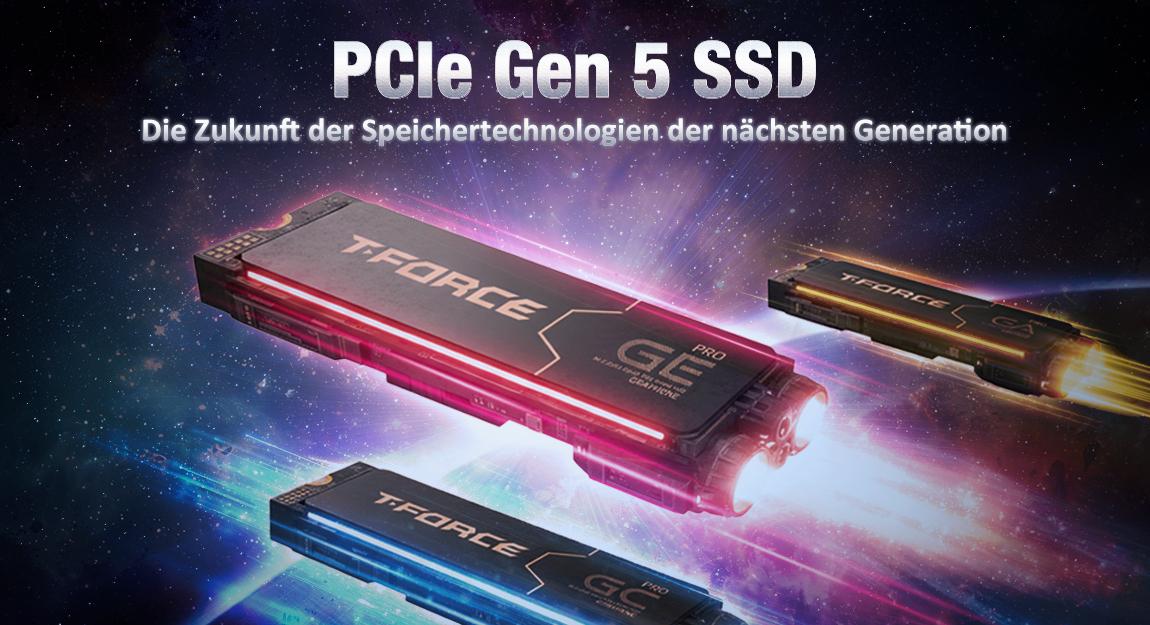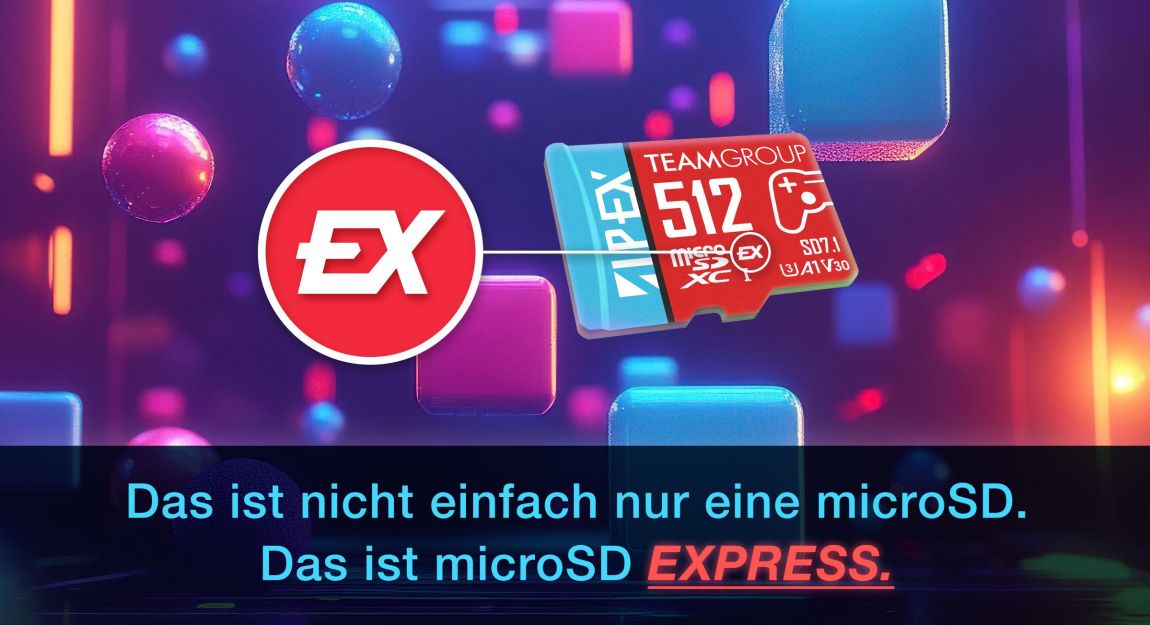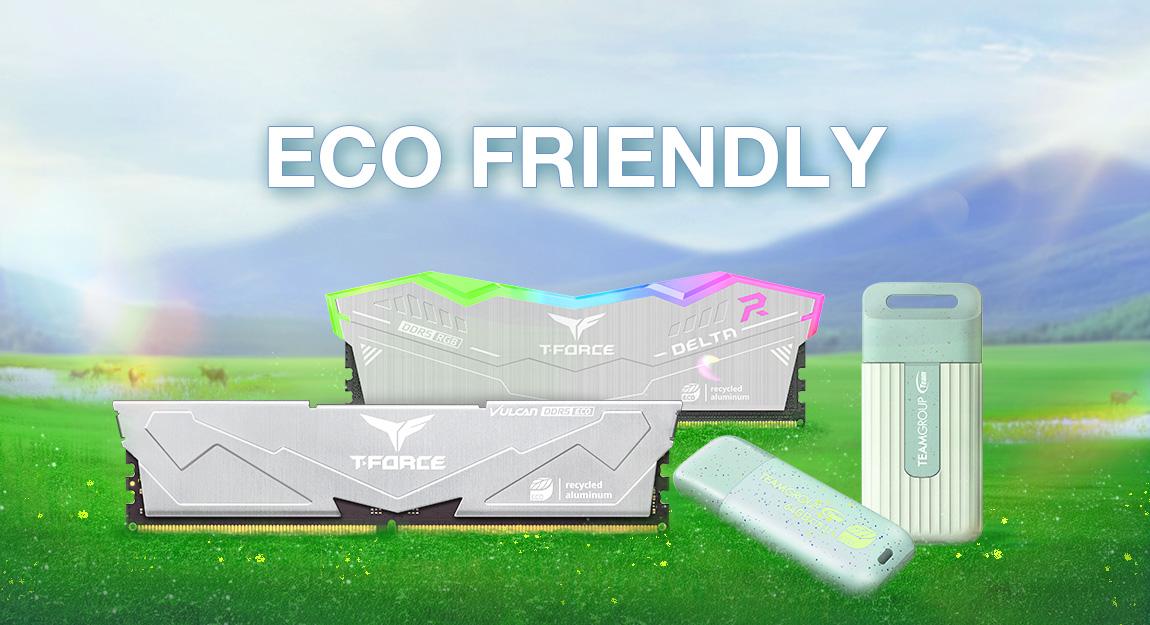02.May.2025
Thermisches Management: Luftkühlung vs. Flüssigkeitskühlung für Hochleistungs-SSDs
As gaming technology advances, so does the need for efficient cooling solutions. While DDR5 and Gen 5 SSDs are becoming increasingly popular due to their performance improvements, they also generate a significant amount of heat, making thermal management a critical consideration. To keep your gaming system cool, there are generally two main contenders: air cooling and water cooling.
Air cooling typically consists of a heatsink and fans, while water cooling includes a radiator, a water block, a pump, tubing, and fans. Both methods use fans for "active cooling," while the fins on a standard motherboard represent more of a "passive cooling" approach.
With that in mind, let's now look at the unique features, advantages, and disadvantages of each cooling solution.
Table Contents:
1. Air Cooling: The Tried-and-True Method
2. Water Cooling: The High-Performance Solution
3. The Essentials in Brief
Air Cooling: The Tried-and-True Method
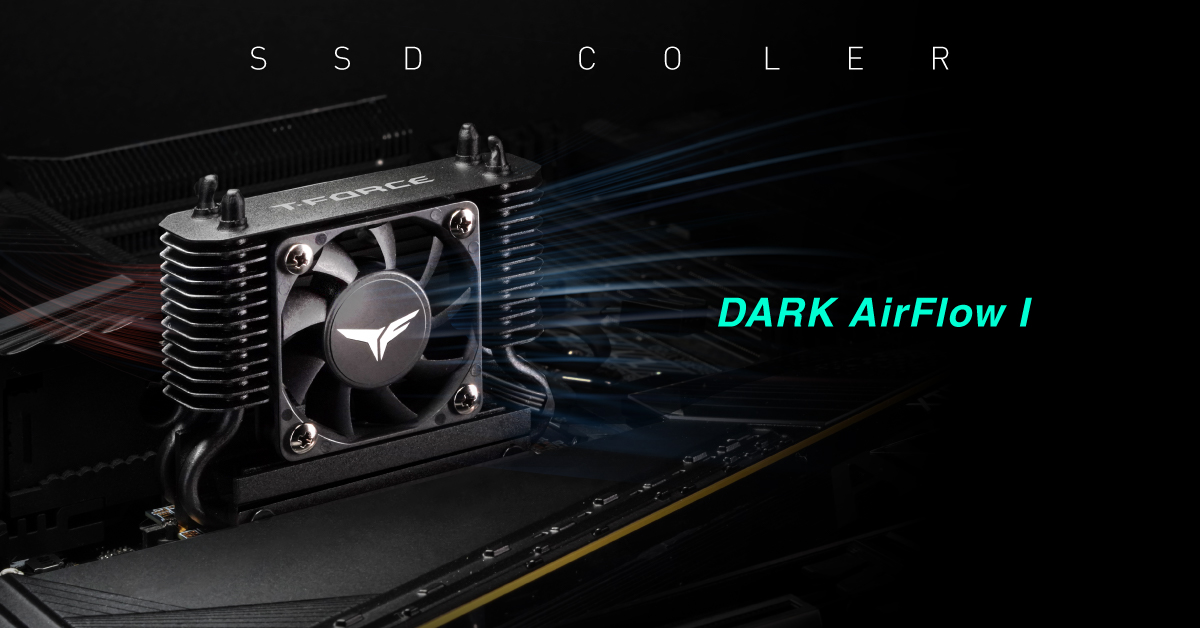
Air cooling primarily relies on fans to improve airflow within the case. This effectively dissipates the hot air generated by the CPU and SSD. Let's take a closer look at the T-FORCE DARK AirFlow I SSD cooler to understand its construction.
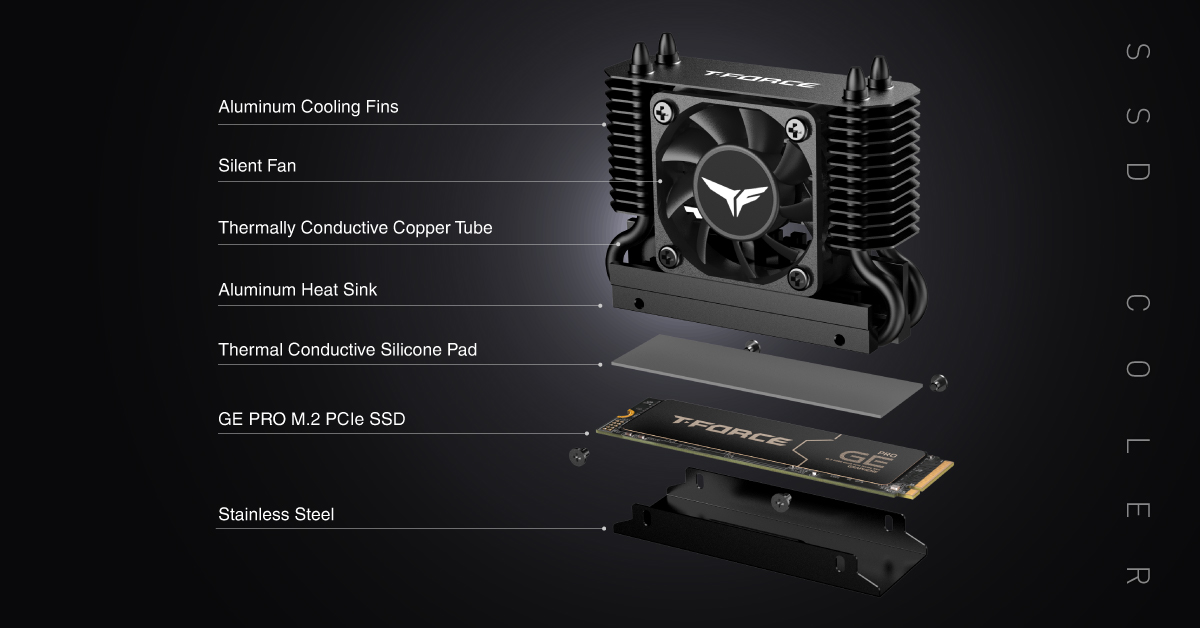
The cooler can be divided into three main components: copper tubes for efficient heat conduction, stacked aluminum fins to increase the surface area for heat dissipation, and a fan to effectively dissipate the accumulated heat. This type of active cooling is a solid choice for tackling the high temperatures of Gen 5 SSDs.
What are the advantages and disadvantages of air cooling?
Advantages:
1. Simple and cost-effective :
Air cooling systems are generally simpler in design and less expensive, allowing budget-conscious gamers to spend more money on additional memory or higher-frequency DRAM.
2. User-friendly installation :
Air cooling systems are relatively easy to install, making them beginner-friendly. You don't have to worry about leaks, and maintenance is as simple as dusting the components regularly.
Disadvantages:
1. Cooling efficiency :
While air cooling does the job, it can't quite match the cooling performance of water cooling. Each method has its strengths and meets different cooling needs.
2. Noise level :
Since air cooling relies heavily on fans, the noise level can be higher than with water cooling solutions.
3. Size considerations :
Some air coolers can be quite large, which can disrupt the aesthetics of your build or cause compatibility issues.
Water cooling: The powerful solution
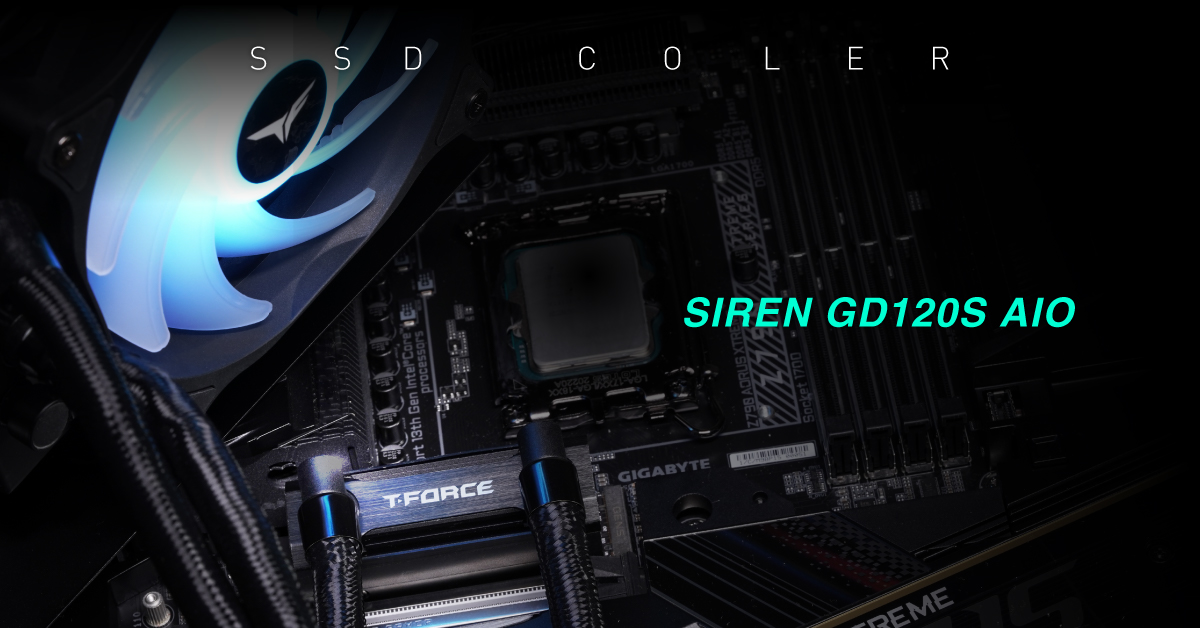
Water cooling takes advantage of the exceptional heat transfer properties of water, making it the most advanced cooling solution on the market. The cooling process begins with the water block attached to the CPU or SSD, where heat is efficiently transferred to the cooling head through a copper base. From there, the heat is drawn through the cooling tubes to the radiator, where a fan expels the hot air from the case. Meanwhile, the cooled liquid from the cooler is drawn back to the water block, completing the heat exchange cycle.
Taking a closer look at the T-FORCE SIREN GD120S AIO SSD Cooler, the world's first all-in-one water cooler specifically designed for Gen5 SSDs, we see that this innovative cooler can reduce temperatures by almost 50%. If you'd like to learn more, click here to check out our unboxing review of the T-FORCE SIREN GD120S AIO SSD Cooler!
Now let's weigh the pros and cons of water cooling:
Pros:
1. Superior Heat Dissipation :
Water cooling systems boast excellent heat dissipation, making them more effective than air cooling systems, especially in high-performance configurations.
2. Quieter Operation :
Due to the lower fan speeds required, water cooling systems tend to operate more quietly, allowing for a more immersive gaming experience.
3. Aesthetic Appeal :
Many water cooling systems come with RGB lighting, adding a visually stunning element to your system.
Cons:
1. Complexity and Risk of Leakage :
Water cooling systems can be divided into custom (assembled) and all-in-one (AIO) types. Custom systems can be complicated and prone to leaks if not assembled correctly. AIO systems are easier to install, typically taking 30 to 60 minutes to complete, and often come with a warranty for peace of mind.
2. Higher Costs :
The advanced technology behind water cooling typically comes with a higher price tag, so you should be prepared to invest a bit more.
3. Maintenance Requirements:
Because water cooling systems consist of multiple components, they require regular inspection to ensure everything is functioning properly—from coolant levels to potential leaks.
The Bottom Line
Today we're introducing two SSD cooling solutions: the T-FORCE DARK AirFlow I SSD Cooler and the T-FORCE SIREN GD120S AIO SSD Cooler. Both represent mainstream active cooling options. While some people may be uncomfortable with liquid flowing through their system, the development of all-in-one water cooling solutions has significantly matured, making them a top choice for many high-end gamers. Ultimately, your decision should be based on your specific needs and preferences for your gaming system.
That's it for today. See you next time. Goodbye!
Verwandter Blog
1
9
05.Sep.2025
T-CREATE P34F: Die SSD mit Apple Find My
24.Jul.2025



